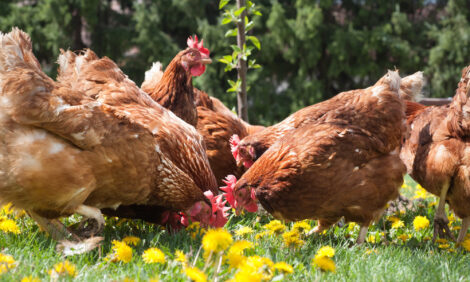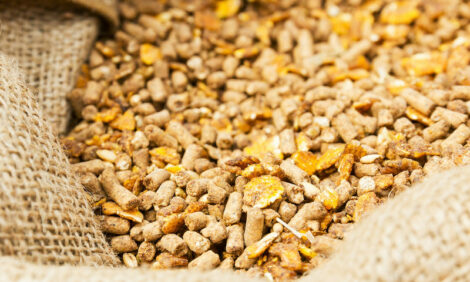



HK Poultry Sellers, Farmers Urge More Vendor Licences to Cut Sale Prices
HONG KONG - Hong Kong poultry sellers and farmers have called for more vendor licences to be released to make prices more competitive after a study released on Monday deemed the idea of building a central slaughterhouse unviable.According to South China Morning Post, after six deaths caused by bird flu in 1997, the city’s health authorities proposed building such a slaughterhouse to keep live poultry away from the general public to lower risks posed by their sale in wet markets.
Farmers and vendors were encouraged to return their licences under two government schemes in 2004 and 2008.
Local chicken farms were shut, reducing the number from more than 130 in 2006 to 29 now.
The number of retail outlets was reduced from over 800 before the schemes to 130 as at the end of December last year. Wholesalers also went down from 87 to 23, of which 10 are inactive.
But the plan for the central facility was shelved in 2010, with the government citing a “greatly reduced” risk of avian flu.
Tsui Ming-tuen, chairman of the Poultry Wholesalers’ Association, hoped the government would release more licences for vendors to bring down prices at the retail level.
He said chicken prices had gone up from about HK$21-25 per catty from before 2004, to around HK$60-70 per catty now, due to inflation costs as well as vendors selling lower volume.
“Having more licences will encourage vendors to provide more competitive prices, which would benefit consumers,” he said.
Mr Tsui also expressed concerns over the consultancy study’s recommendation of relocating the city’s only poultry wholesale market from crowded Cheung Sha Wan to less populated Sheung Shui.
“Transporting the poultry will be more expensive because of the distance,” he said. “The cost could trickle down to consumers.”
Lee Leung-kei of the New Territories Chicken Breeders Association also believed that more licences should be released to farmers.
He disagreed with the report’s conclusion that slaughtering at farms was not feasible due to challenges in installing the necessary bio-security and ancillary facilities.
He countered that some farms had the space to do so, adding if slaughtering and even sales could be done by farms, then the price for poultry could be lowered. He claimed retail stalls usually pushed up prices.
The study, commissioned in 2015, recommended that retail sales of live poultry be maintained and no ban imposed on imports from the mainland. It also suggested more stringent precautionary measures against avian influenza, including introducing extra vaccines, conducting more bird flu tests and enhancing separation between the general public and live poultry, such as through the use of a separate holding area or a separation door.
Leung Wai-tong of the Poultry Dealers and Workers Association said it could be difficult to execute the suggestion of enhanced physical barriers as most markets were not spacious enough.
He urged the government to consult the industry should it implement the plan.
On Monday, the government launched a two-month public consultation exercise to gather final feedback.









